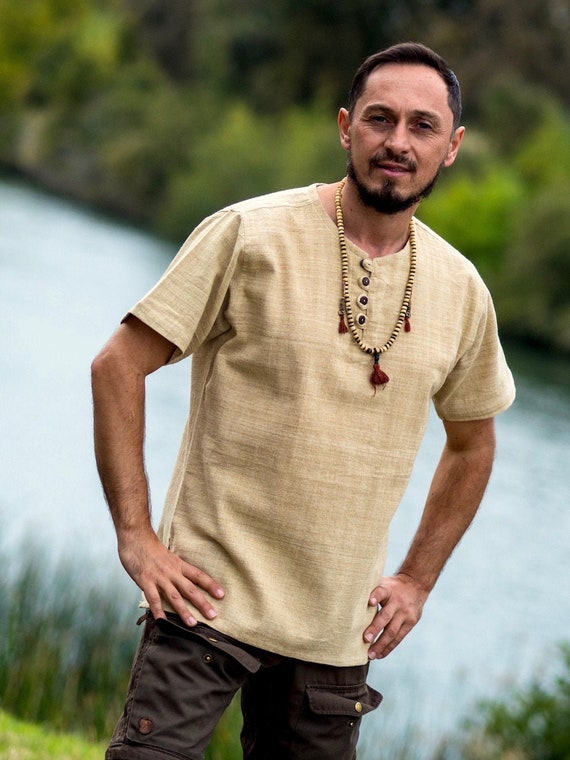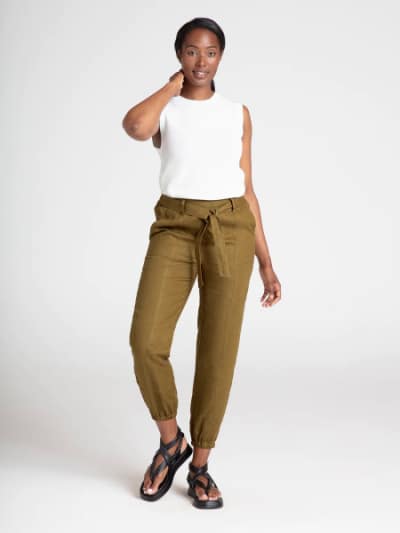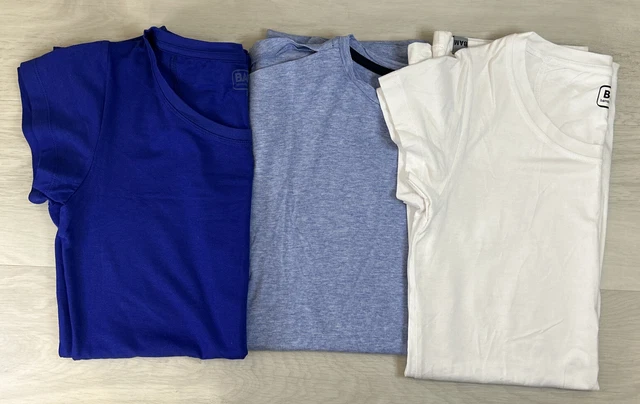Top Advice To Picking Bamboo Clothes
Wiki Article
What Are The Major Differences Between Hemp And Cotton In Terms The Use Of Water, Pesticides And Herbicides.?
Hemp is a more sustainable crop compared to cotton for a variety of reasons.
Hemp- Hemp has a low water requirement compared to other crops, like cotton. Hemp is thought to be a plant that thrives with little or no irrigation. Hemp is typically cultivated using only rainwater.
Cottonis a staple crop that is known for using a lot of water. Cotton farming often requires large amounts of irrigation. This can drain local resources and lead to water shortages in areas with limited water. The water-intensive nature of cotton farming has raised questions about its sustainability.
Pesticides and Herbicides-
Hemp- Hemp has natural resistance to a variety of diseases and pests, reducing the need for synthetic pesticides and herbicides. Some hemp crops might require some pest control measures. However, the overall use of chemical inputs in many crops is lower like cotton. It is possible to grow organic hemp without using pesticides.
Cotton- Conventional conventional cotton farming relies heavily on pesticides that are synthetic. Herbicides are also employed to control weeds. The use of these chemicals can cause environmental harm which include water and soil contamination, harm to non-target species as well as the growth of pesticide-resistant pests.
In conclusion hemp is more environmentally sustainable than cotton, in terms of pesticides or herbicides used, water usage and irrigation.
Hemp is a great crop that requires less water, and is typically harvested with rainwater or only minimal irrigation.
Hemp has a natural resistance against a variety of pests.
Hemp is generally grown with lower levels of herbicides and pesticides compared to traditional cotton.
However, it is crucial to recognize that eco-friendly and sustainable practices can differ between individual growers and various regions. Organic farming practices can also improve sustainability by cutting down on the usage of synthetic chemical and improving soil quality. In terms of the impact that clothing and textiles have on the environment, opting for sustainable, organic fibers such as cotton or hemp can help minimize the impact. View the top your input here for hemp clothing for site recommendations including 100 hemp clothing, hemp fabric clothing, hemp yoga clothes, hemp coat, 100 hemp shirt, american made hemp clothing, hemp t shirt mens, jungmaven sweatshirt, patagonia ranch jacket, hemp sweatpants and more.

How Do Hemp Fibers Help Improve Carbon Sequestration (Carbon Sequestration) Sustainability, Sustainability, And Crop Rotation (Crop Rotation)?
Hemp fibers are a major contributor to the storage of carbon, sustainability, and crop rotation in a variety. They are an excellent choice for textile and agricultural production.
Rapid growth- Hemp is a fast-growing plant that matures within 70-120 days, depending on the variety and growth conditions. Photosynthesis is the process by which hemp plants absorb the CO2 from the atmosphere during their rapid growth. The carbon uptake is a major contributor to carbon sequestration by cutting down the amount of CO2 in the atmosphere.
Hemp has a significant biomass production. The plant's tall stalks and dense foliage yield a large amount of organic matter. This biomass can be used to create organic carbon in soils or to be used in other ways.
Sustainability:
Hemp crops need less herbicides and pesticides when compared with other crops, such as cotton. The hemp's natural resistance to many pests, diseases and weeds minimizes the need of chemical interventions. Organic hemp cultivation is a sustainable method for hemp cultivation because it does not use synthetic chemicals.
Water Efficiency- Hemp is a relatively water-efficient crop that can flourish with minimal irrigation, especially when compared to traditional cotton that is water-intensive. It is therefore more sustainable for regions with limited resources of water.
Soil Health- Hemp's extensive root system is able to improve the soil's health. Its roots reduce soil runoff and stabilize the soil structure, preventing soil erosion. Hemp cultivation can also enhance microbial activity in the soil, promoting nutrient cycling and soil fertility overall.
Hemp may be included in the rotation of crops. Crop rotation is the practice of alternating crops in a field for a period of the course of. This is a fantastic method to stop the cycle of pests and diseases and improve the quality of soil and lessen soil depletion. The importance of hemp in rotation is vital to the sustainable farming.
Crop Rotation
Hemp is also a good addition to the rotation of other crops like grains, legumes, or vegetables. This helps farmers maintain soil quality as well as reduce the risk of pests, diseases and other problems related to crop as well as promote a balanced cycle of nutrients.
Hemp's deep root system allows it to penetrate soil and aerate it, reducing compaction, while increasing water infiltration. The soil's structure is improved after the harvest of hemp, which benefits other crops.
In short, hemp fibers could help improve carbon sequestration methods sustainable, crop rotation and water efficiency due to their rapid growth biomass production, as well as their low chemical requirements. These characteristics make hemp cultivation an environmentally sustainable and regenerative farming practice. The resultant fibers are a green alternative for textiles as well as other applications. Follow the best hemp clothing tips for blog info including organic hemp fabric, dash hemp clothing, nomad hemp wear, patagonia island hemp pants, patagonia hemp shorts, jeans hemp, organic hemp underwear, hoodlamb jacket, hemp fabric, patagonia work pants hemp and more.

What Are The Advantages Of Bamboo Clothing In Terms Of Environmental And Comfort?
Bamboo clothing is a great option for comfort as well as the surroundings.
The softness of bamboo fabric is recognized for its extraordinary softness. It is silky smooth texture which is a pleasure to touch. Bamboo clothing is a favorite due to its soft, luxurious feel, which makes it an excellent choice for loungewear, activewear and intimate clothing.
Bamboo fibers have a natural capacity to absorb moisture and also breathe. Air can circulate through the micro-gaps which keep you cool in hot temperatures. The properties that wick moisture away from the fabric assist in removing sweat from your skin. This reduces the sensation that your garment is damp.
Bamboo clothing exhibits excellent thermoregulation properties. The clothing can keep you warm by trapping the heat near your body. It can also help keep you cool during hot weather by allowing excessive moisture and heat to go away. The ability to adapt to different temperature can make bamboo clothing suitable for wear all year round.
Hypoallergenic - Bamboo fabric is natural hypoallergenic. It is also gentle on skin that is sensitive. It is less prone to cause irritation or allergic reactions.
Bamboo fibers have natural antimicrobial qualities that help in preventing the growth of odor-causing bacteria. Bamboo clothing is fresh, even while being physically active.
Environment-
Sustainability- Bamboo can be a renewable and sustainable resource. It is among the fastest-growing species in the world and requires little water and the use of herbicides and pesticides in cultivation. Bamboo can grow from the roots, so it is feasible to harvest it without harming the plant.
Low water consumption- Bamboo is inherently water-efficient. It thrives on a minimum of irrigation. It is typically rainwater that is sufficient for it to flourish.
Biodegradability - Bamboo clothing decomposes in a natural manner after it is thrown away. This reduces the amount of nonbiodegradable textiles that end up in landfills.
Carbon Sequestration- Bamboos are able to capture carbon dioxide (CO2) from the atmosphere during their fast growth. Bamboo can be used as a carbon sink in order to aid in reducing climate change.
Chemical Reduction- The manufacturing of bamboo fabrics typically requires the use of fewer chemicals and processing steps than some other textiles, reducing the environmental impact associated with the production of textiles.
Closed-Loop Process- Certain bamboo fabric processes are closed loop, which recycles water and chemical waste and reduces the amount of waste and pollution.
The environmental impact of bamboo clothes can vary according to how they're produced and whether the bamboo comes from forests that are sustainably and properly managed. If you're looking to reap the most environmental benefits from bamboo clothing, search for sustainable and ethical manufacturing practices. View the best bamboo clothes advice for website recommendations including t shirts bamboo, bamboo cotton shirts, mens bamboo clothing, bamboo undergarments, bamboo terry fabric, bamboo boxer shorts for men, bamboo undergarments, bamboo clothing wholesale, preemie bamboo pajamas, bamboo t shirts wholesale and more.
